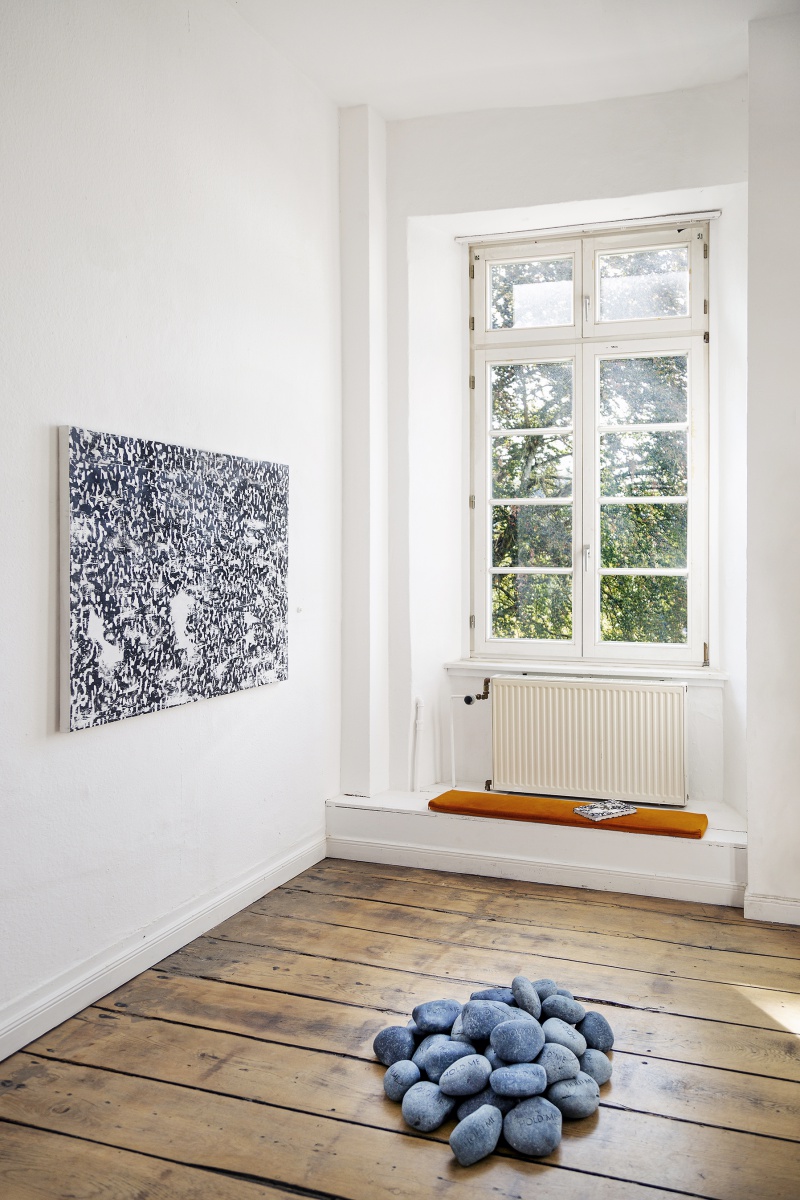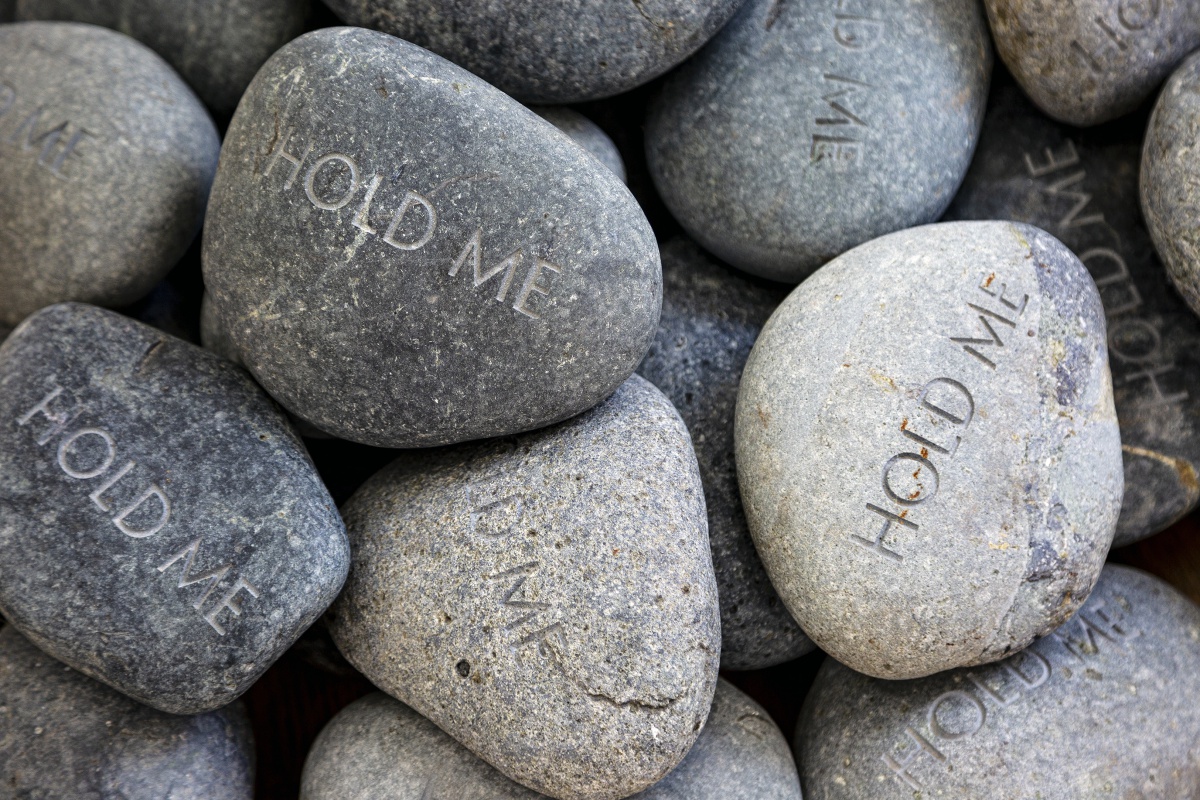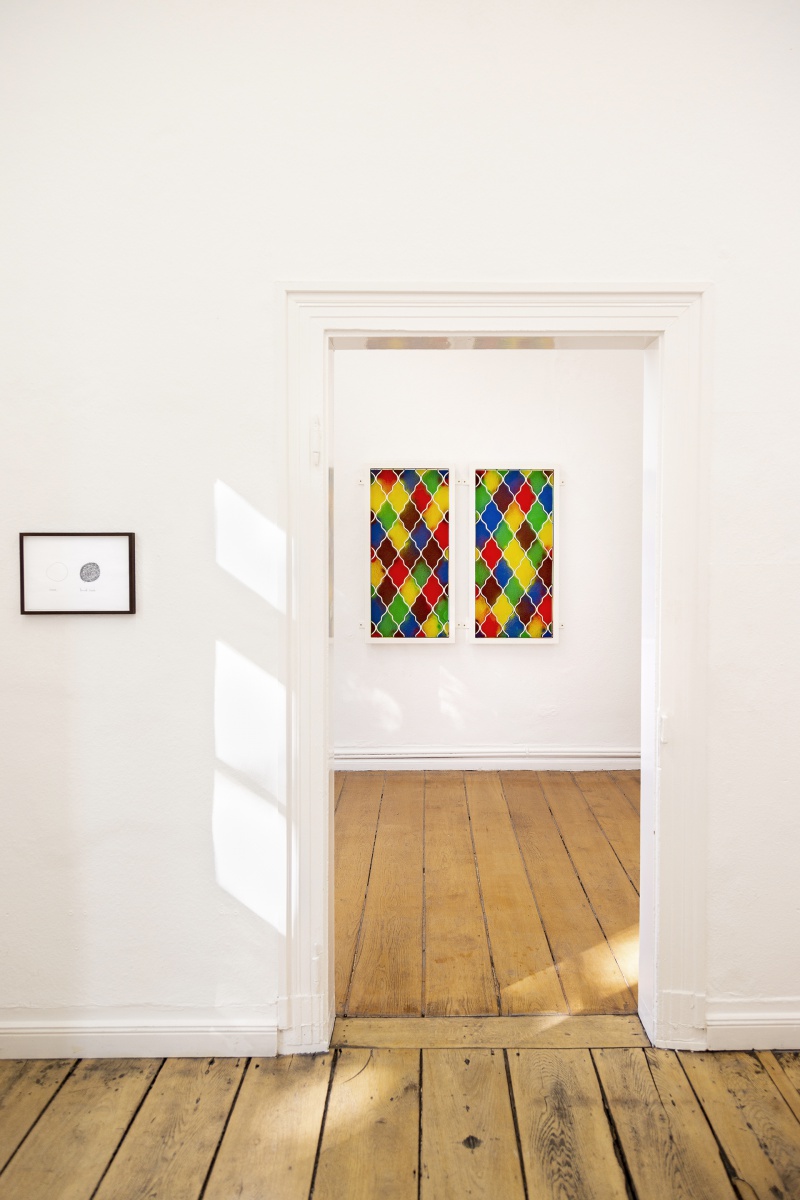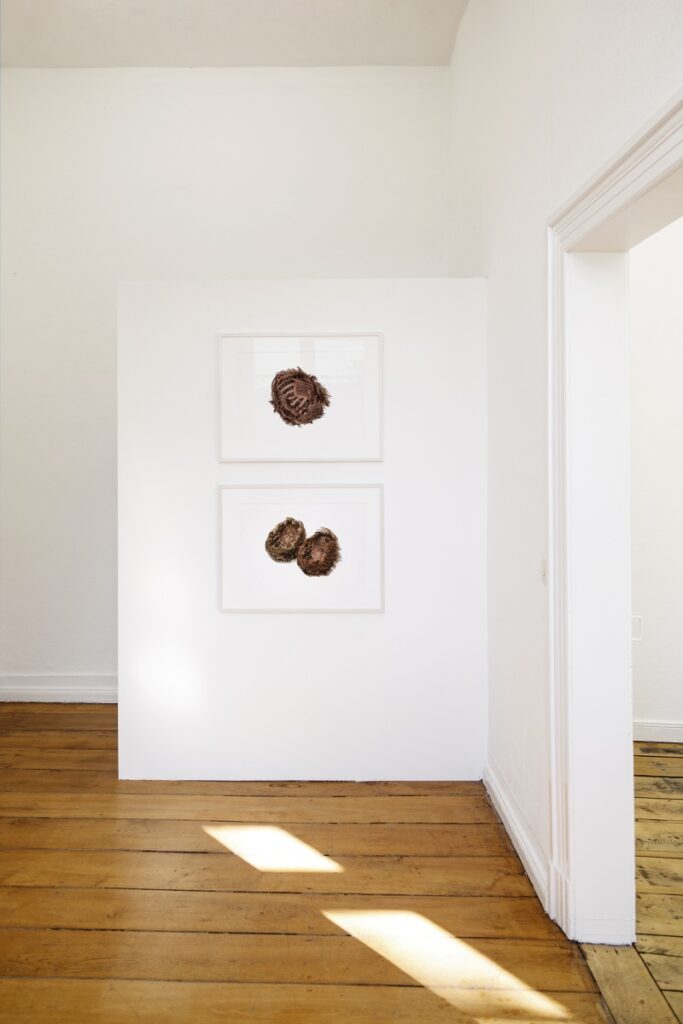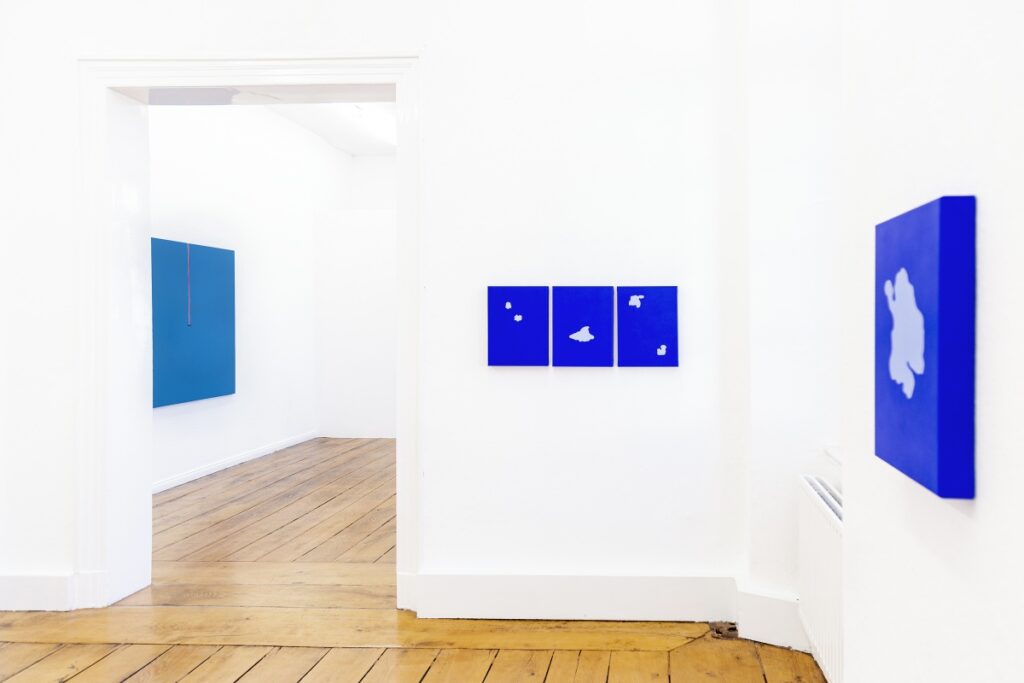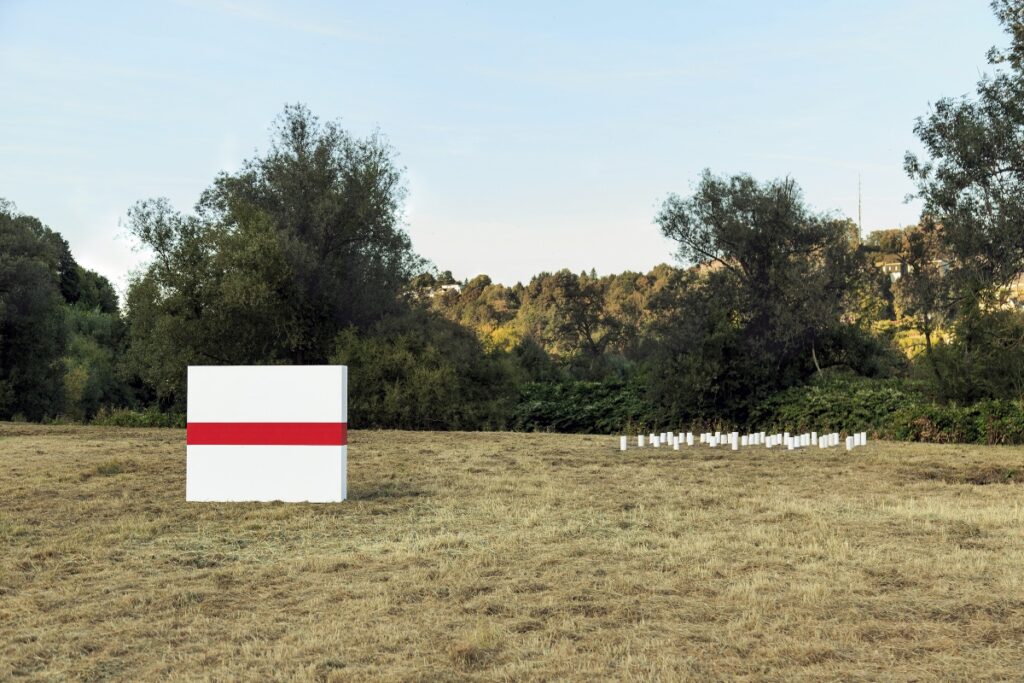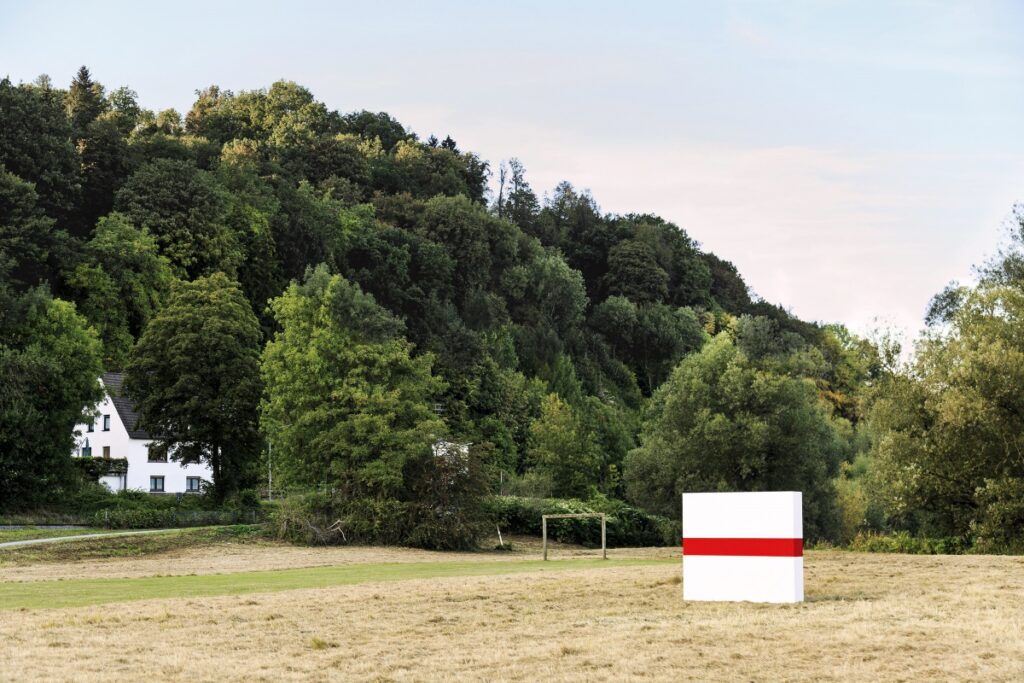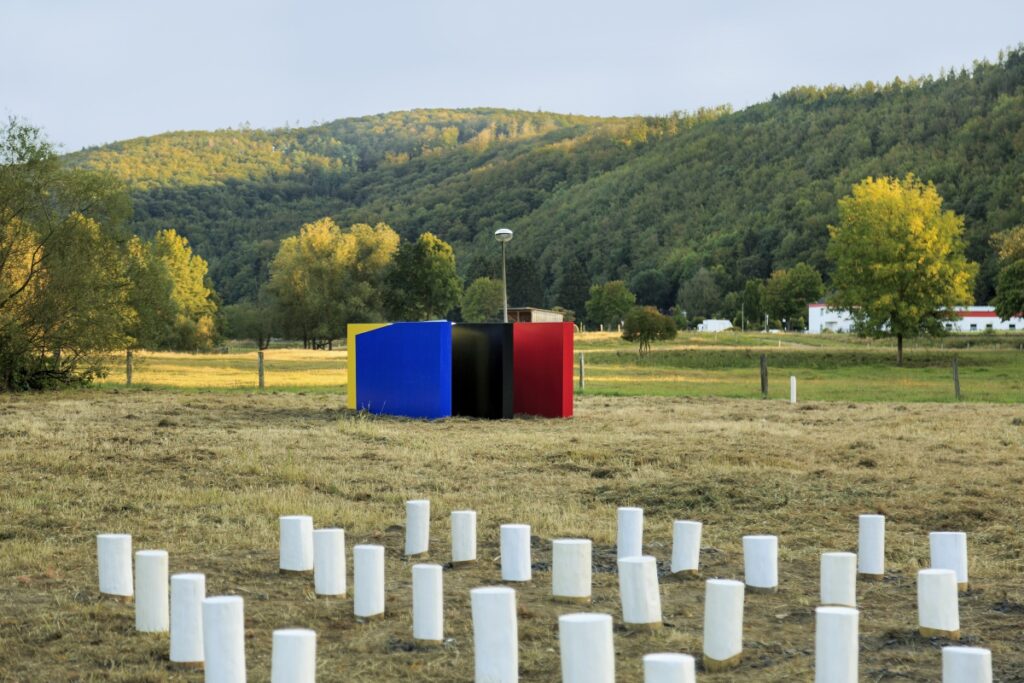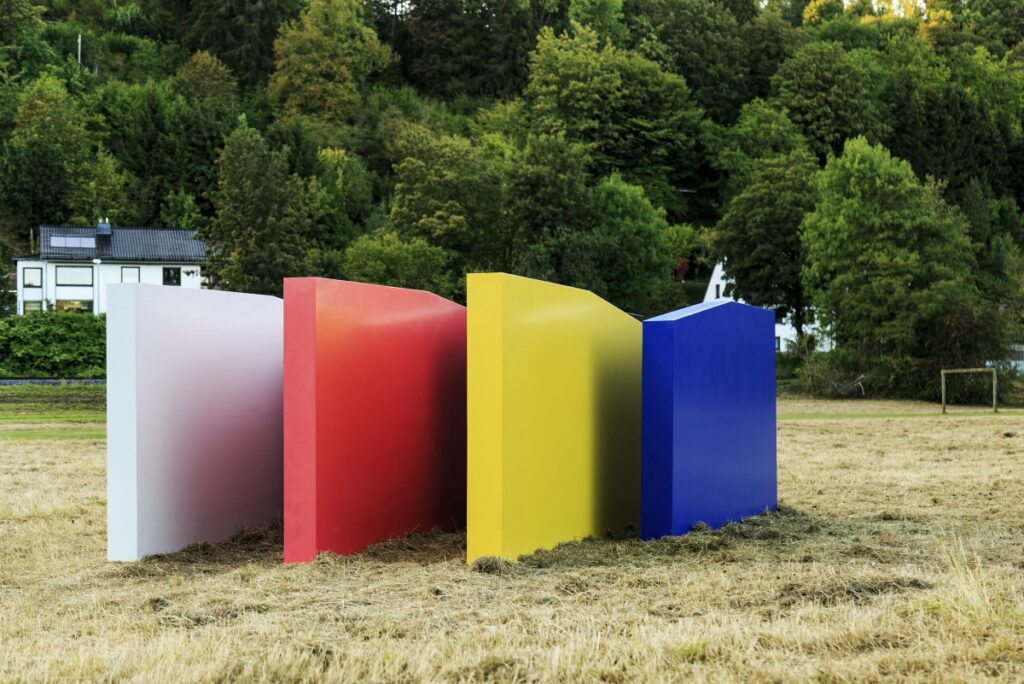Ariel Reichman
In Limbo
21. September – 6. Dezember 2020
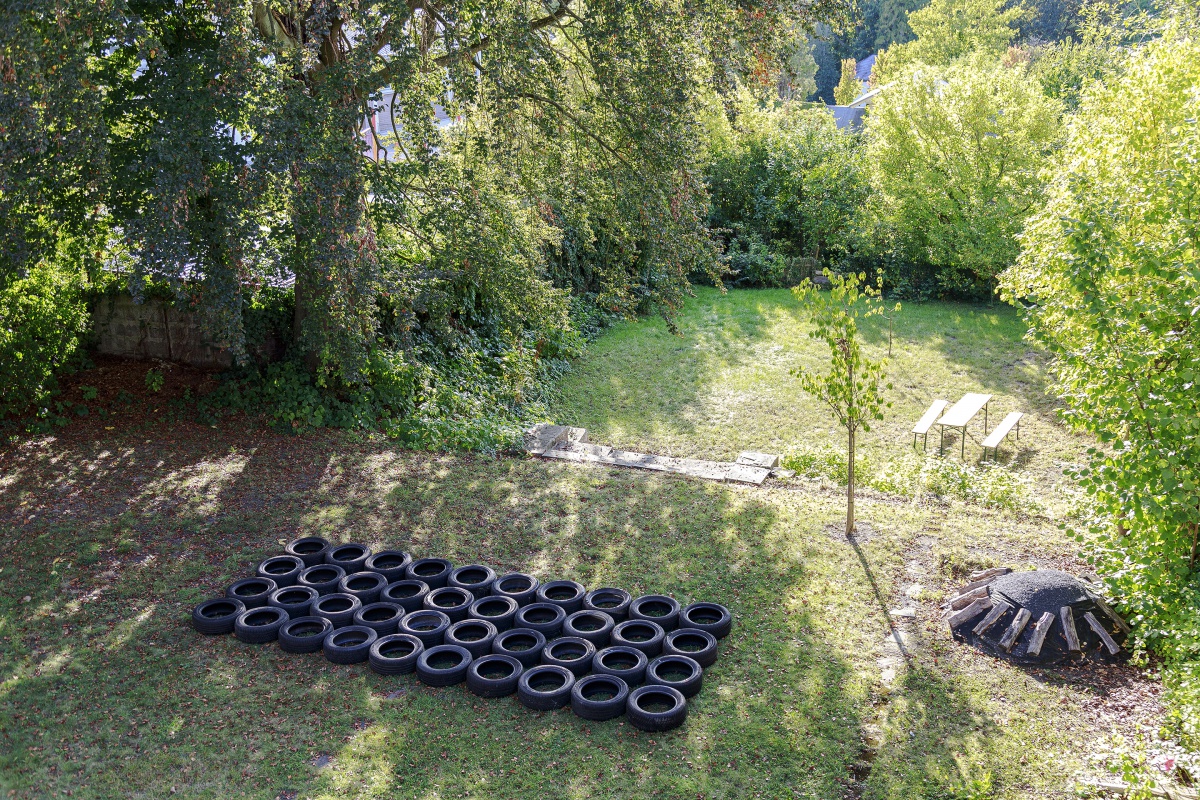
Kunstverein Arnsberg presents with "In Limbo" – the first institutional solo exhibition by Ariel Reichman in Germany. On display are selected works of the past ten years. While at first, they recall minimalism and pop art, they almost always refer to the artist's personal history and Jewish identity on a conceptual level. Again and again, Reichman takes specific cultural, religious or political matters as starting points to open up reflective spaces through abstraction and poetic metaphors. The original background of his works thereby remains only vaguely recognizable. Alongside the paintings, drawings, photos and installations at the Kunstverein, stands the show’s centrepiece: the outdoor sculpture “Playground” which will be installed for one year in the Ruhr valley, close to Kunstverein Arnsberg.
The title "In Limbo" symbolically speaks about the artist's moved biography – of the unsettled existence between different states, cultures and religions. Ariel Reichman was born in South Africa in 1979 where he grew up as a child during apartheid. He emigrated with his family to Israel in 1991 and finally moved to Berlin in 2006. The first rooms of the exhibition focus on details of Jewish culture and everyday life in Israel. Photographs of wigs, for example, reveal a piece of intimate family history ("Portrait of my Mother", 2019). They become metaphorical portraits: as a married woman and in accordance with the Jewish-Orthodox religion, Reichman's mother covers her hair with wigs when leaving the house. In this sense, the pictures show a symbolically charged accessory of her public appearance that remains invisible and insignificant to the uninformed. The photos also demonstrate how Reichman unites his Jewish-Orthodox influence with his artistic practice: following the prohibition of images in the Tanach, people are only symbolically represented in his works.
However, Reichman was not only influenced by his family environment, but also, and to a large extent, by the experience of living at war – a situation that belongs to everyday life in Israel. The confrontation with life and death, for which the artist finds always new and poetic motifs, forms a recurrent subject in his works. Reichman’s installations "Hold Me" (2015) and "The last (last) light" (2019/2020), both of which make direct reference to works by Felix Gonzalez-Torres, bear witness to this. Right at the entrance, a pile of hand-sized stones with the engraving "HOLD ME" invites visitors to pick them up and carry them through the exhibition. In their entirety, they represent the body weight of the artist. The installation "The last (last) light", on the other hand, appears far more fragile: The string of lights with black bulbs hardly serves as an illuminant anymore, while the filaments glowing in red are reminiscent of the inside of the human body, of blood vessels. Reichman creates a symbol for the last moments of life, for the years, days and hours before the moment when the light ultimately turns off.
Finally, the last rooms introduce a subject to which also the installation "Playground" can also be assigned. Reichman, who himself served as a soldier in the Israeli army, examines the military environment for its formal qualities: In the middle of the exhibition space, the cartoon-like reproduction of a bullet hole ("1, 2, 3, Boom", 2016/2020) refers to forms that can be found at military training bases. Idealized landscapes ("Military Landscapes", 2020) allow the backgrounds of various Israeli artillery emblems to appear as pop icons. A view of the sky shows the outlines of gas clouds formed after the explosion of rockets ("Clouds", 2016).
At the end, visitors are also invited to try out their skills in an original military environment. The first element of the outdoor sculpture "Playground" – a field of car tyres – is installed in the garden of the Kunstverein. Three further stations – a field of palisades, a jumping wall and dodging walls staggered one behind the other – are located in the Ruhr valley about one kilometer from the Kunstverein. Embedded in an idyllic river landscape, it can hardly be imagined that these outdoor sculptures are inspired by military training camps. They appear completely removed from their original context and yet offer visitors and passers-by a playful insight (the sculptures at the Ruhr valley are not accessible) : Whoever crosses the walls and palisades could, through their own physical experience, establish a connection to the reality of young Israelis who – regardless of their sex – have to complete three years of military service. A sign with a QR code links to a homepage set up especially for the project and provides more information about the project’s background. Online documentation will also show how the installation could be activated in a performative way.
We are thankful for the support of the exhibition by the Artis Grant Program, the Hochsauerlandkreis and the city of Arnsberg.
Further we gratefully thank the team of tollerei for their dedication and kind support in realizing the outdoor sculpture "Playground".
Curation & text: Lydia Korndörfer
